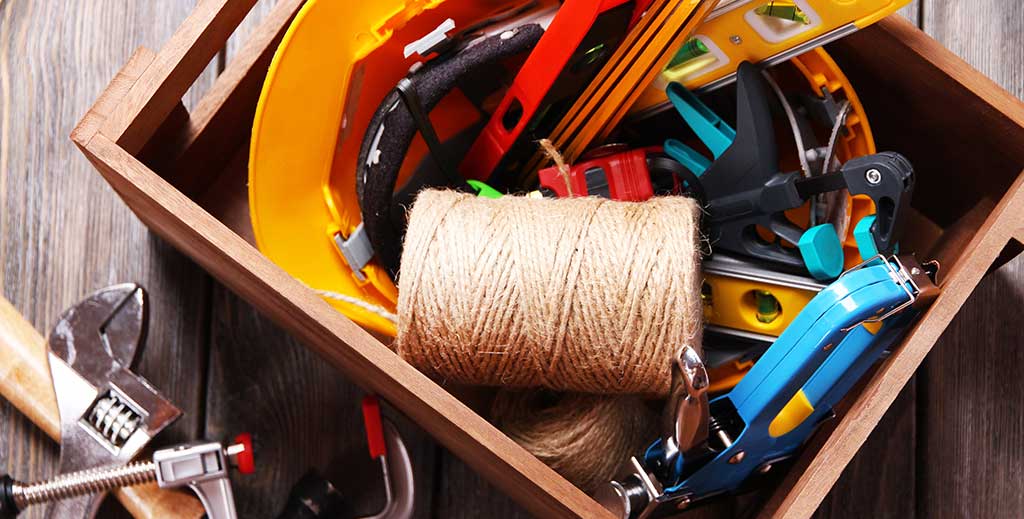

“Getting Our Mind Back On Task”
THE DANGER
Rushing, fatigue, frustration, complacency, anger, etc.—all of these emotions and states can contribute to the making of critical mistakes.
A person who’s normally a safe driver becomes a different person once he sleeps through the alarm and is now running late for work.
Suddenly the good habits disappear and are replaced by tailgating, cursing and speeding. It’s when people get into such states that accidents are most likely to happen.
The same thing happens in the workplace.
When the machine is down and you haven’t been able to make parts all morning and the customers are waiting, you start rushing.
All your good habits and training go out the window and risky behaviour takes over.
Accidents are basically caused by four things:
1. Not Watching What We’re Doing.
Most of us have had our fingers pinched in a car door at one time or another.
Now if we’d had our eyes on what we were doing, our reactions would have taken over and we would have jerked our hand out of the way—no injury, just a close call.
Not watching what we were doing took away our ability to react.
2. Not Concentrating on What We’re Doing.
Not all hazards are visible. Some hazards must be thought about and prepared for. We need to know they’re lurking even if we can’t immediately detect them with our eyes.
Examples: A hot stove, a film of oil on the roadway and electricity. We need to concentrate on the task we’re performing so that we can recognize and avoid the hazards.
3. Being in or Moving into the “Line of Fire”
Failing to recognize that we’re in the line of fire is another cause of accidents. It’s often the result of not keeping our eyes and mind on the task at hand.
4. Loss of Balance, Traction or Grip.
This type of error is also apt to occur when our eyes or minds are not on task.
How to Get Back on Track
When we’re rushing, tired or frustrated, we’re less inclined to be focused on the task at hand or aware of the dangers around us.
So the best way to protect yourself is to recognize when you’re rushed, tired or frustrated and use it as a warning.
Some people already do this type of thing. They’re working on a project and nothing seems to be going right.
Say a bolt is really tight and they can’t seem to get it loose no matter what they do. They start jerking on the wrench a little harder.
But before the wrench slips and they fall or hurt their shoulder, they realize that they’re getting frustrated and are likely to get injured if they keep it up.
They put the wrench down and go get a cup of coffee.
When they return they’re calmer and can now take a reasoned approach to solve the problem, such as getting the right tool or seeking help.
Many workplace injuries are the result of external factors like rushing, frustration, fatigue or complacency.
The next time you find yourself in a state of mind that contributes to risky behaviour, take a deep breath and say to yourself, “Hey, if I keep this up, I’m going to hurt myself.” Take the time to get your mind back on task.
Thanks for the share, TO!
"The years between 50 and 70 are the hardest. You are always being asked to…
COAL Bits Cultivating a well-aged workforce Surveys indicate that, in many industrialized nations, the workforce…
Toolbox Talk: AVOID THESE PITFALLS : Not Walking the Talk Actions really do speak louder…
Court Blocks MSHA Silica Dust Rule Days Before It Takes Effect: Curtis TatePublished April 7,…
Trump Orders Protect Aging, Polluting Coal Plants and Allow More Mining President Donald Trump signed…
The DASH diet's power lies in its well-balanced plan that delivers specific nutrients proven to…
This website uses cookies.